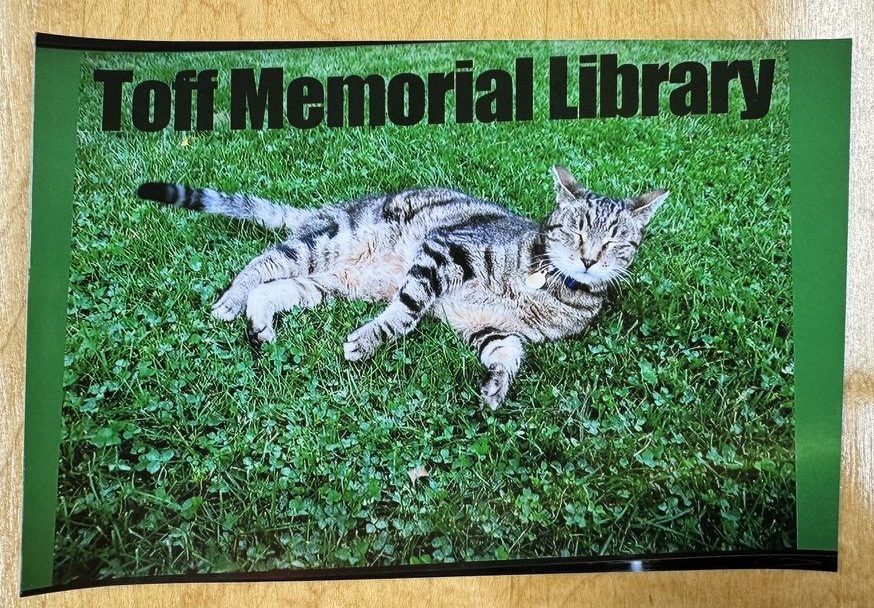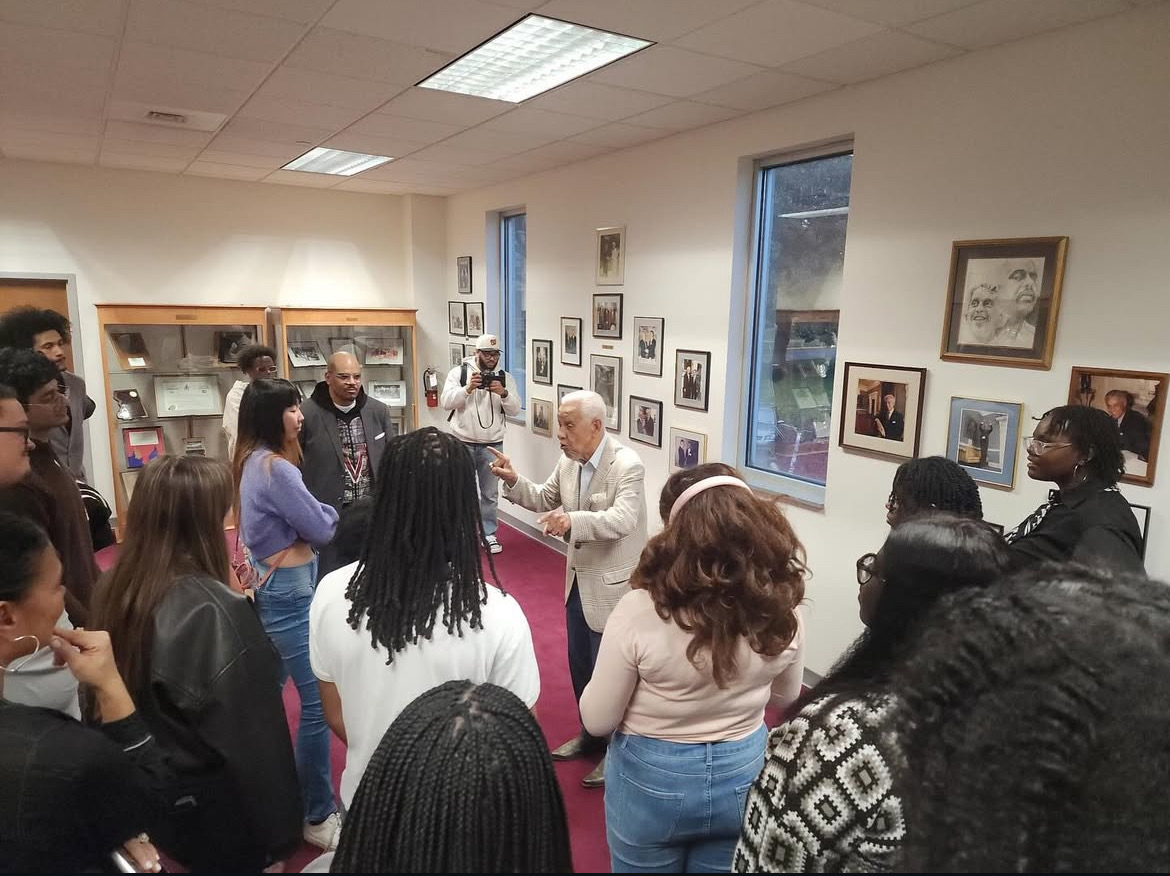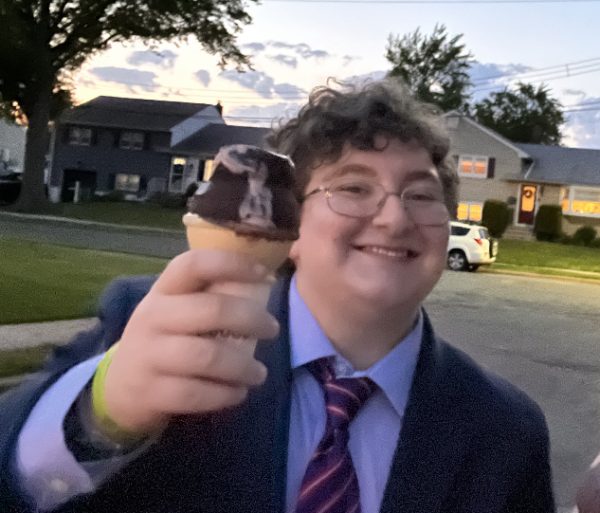On Thursday, Nov. 2, the Latin American Student Organization (LASO) and the Office of the Chaplain co-hosted a Día de Los Muertos celebration that took place in the Great Hall. Students from both Carleton and St. Olaf were in attendance, as well as several faculty and community members.
Dia de Los Muertos, also known as the Day of the Dead, is a ceremony to honor those who have died. It is celebrated primarily in Mexico. According to National Geographic, Día de Los Muertos combines Indigenous Aztec rituals with All Souls’ Day, a Christian holiday that arrived in Mexico by way of Spanish colonists in the 1500s. The holiday is celebrated on Nov. 1 and 2 of each year and is largely a joyful celebration, allowing people to remember loved ones who have passed and celebrate the lives they lived. The Chaplain’s Office has been hosting Día de Los Muertos celebrations since 1998.
Carleton’s celebration this year began with LASO’s board members introducing themselves and explaining what Día de Los Muertos meant to them. Even though some members did not grow up celebrating the holiday, they acknowledged how much they appreciated the Day of the Dead and that they enjoy celebrating it at Carleton. Several board members and attendants painted their faces in the style of colorful skulls, a traditional aspect of Día de Los Muertos celebrations meant to honor and connect with loved ones who have passed and open the boundary between the realms of the dead and the living.
After the board members introduced themselves, they explained the concept of an ofrenda, an altar to the deceased which is decorated with pictures, candles, flowers, colored paper and treats for the deceased like candy, pastries and drinks. Attendees were given the opportunity to verbally honor a loved one who had passed away and light a candle for them, and anonymous messages of remembrance were also read to the community.
In order to honor the ofrenda and the indigenous practices that come with it, the group Kalpulli Ollin Ayacaxtly performed three traditional dances. The dancers wore costumes decorated with bright feathers and were accompanied by percussion instruments. Their dancers honored those who have died, as well as the land they were dancing on, and the ofrenda itself. The director of the group acknowledged and thanked the indigenous people who cared for the land that Carleton was built on, and encouraged interested students to come to the group’s weekly rehearsals.
After a meal from El Triunfo, attendants listened to a variety of community presentations and performances. The first presentation was given by Fernando Contreras Flamand, a lecturer in the Spanish department. He explained the holiday’s significance, the ways people celebrate it and showed photos of his own Dia de Los Muertos celebration, including the ofrenda he made with his daughter. He spoke about the different ways that people honor their deceased loved ones, as well as the humorous poems that people write about living people — called “calaveras literarias” — and gave an example of a poem in English about Taylor Swift. Contreras Flamand also helped with Dia de los Muertos celebrations in the Language Center, supplying pan de muerto, a sweet bread eaten and offered to ancestors on the holiday, and helping with decorations.
His presentation was followed by a presentation by Assistant Professor of Spanish Hector Melo Ruiz. Melo Ruiz described Día de los Muertos celebrations through photographs, showing photos of towns, houses and cemeteries during the holiday. He also talked about an artist that he admired who he photographed, and the ofrenda that he and her daughter made for her after her passing.
The celebrations concluded with musical performances by several students, in which they sang songs by a variety of Spanish-speaking artists, including Marc Anthony.












a • Nov 11, 2023 at 10:54 pm
The name of the professor who spoke about the cemeteries and photos was Xavier Tavera, professor of photography.